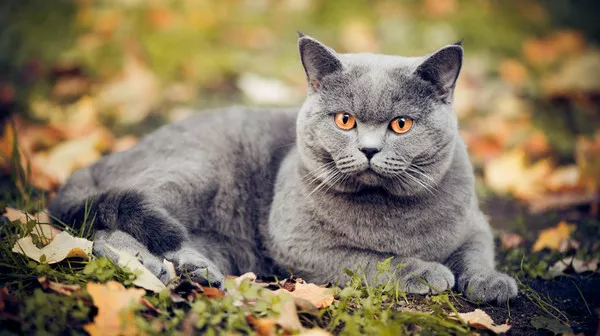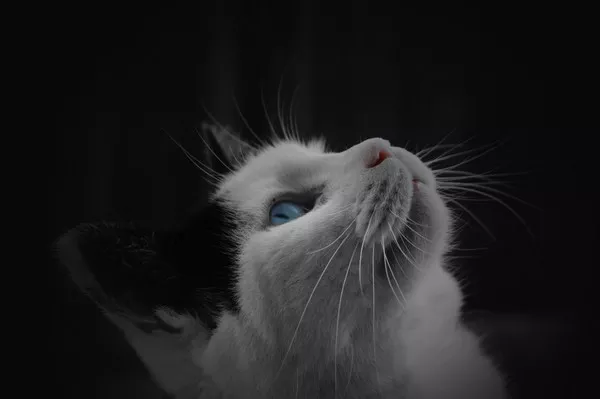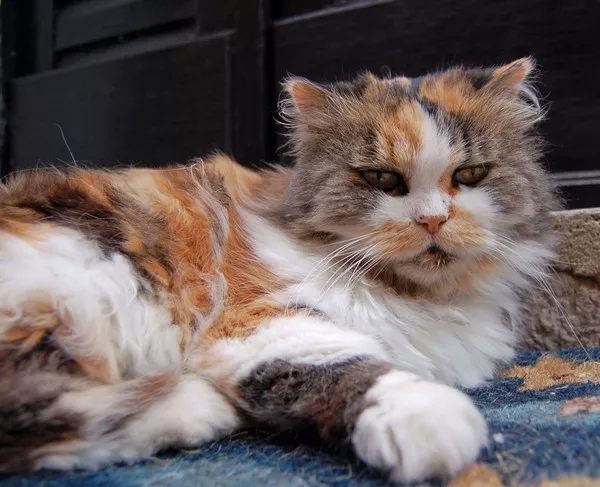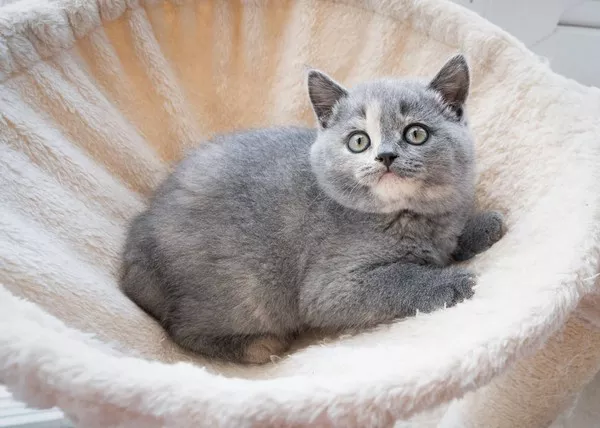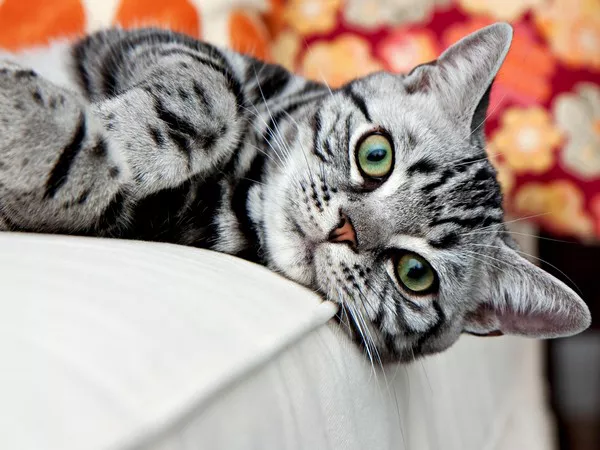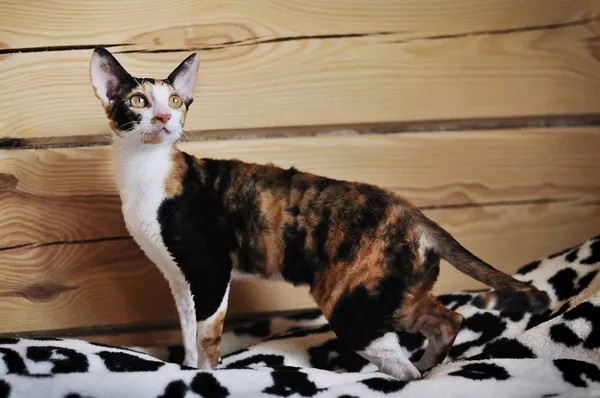British Shorthair cats are one of the most popular and recognizable cat breeds in the world. Known for their round faces, sturdy bodies, and plush coats, these feline companions have captured the hearts of cat lovers everywhere. In this comprehensive guide, we will delve into the characteristics that define the British Shorthair breed, enabling you to confidently identify them.
Physical Appearance
The British Shorthair is a medium to large-sized cat with a solid and muscular body. Their broad chest, compact build, and heavy bone structure contribute to their robust appearance. These cats have straight legs and round paws, which add to their overall balance and strength.
The most distinctive feature of British Shorthairs is their round face with chubby cheeks and full jowls. Their rounded, expressive eyes are usually large and set wide apart. The color of their eyes varies depending on their coat color, ranging from deep gold to copper.
Coat Types and Colors
The British Shorthair’s coat is dense, plush, and stands away from the body due to its thickness. Although the breed is known for its iconic blue-gray coat, it comes in a wide range of colors and patterns. Some common coat colors include black, white, cream, chocolate, lilac, cinnamon, and fawn.
In addition to solid colors, British Shorthairs also exhibit various patterns such as tabby, tortoiseshell, and colorpoint. The tabby pattern consists of stripes, spots, or swirls on the body, while the tortoiseshell pattern features a mix of black and orange patches. Colorpoint cats have a lighter body color and darker points on their ears, face, paws, and tail.
Temperament and Behavior
British Shorthair cats are known for their calm and reserved temperament. They are generally independent, yet affectionate towards their owners. These cats enjoy a peaceful environment and prefer a routine lifestyle. Unlike some breeds, British Shorthairs are not overly demanding or attention-seeking but enjoy gentle companionship.
Due to their relaxed nature, British Shorthairs are great pets for families, including those with children and other pets. They are typically tolerant and patient, making them an ideal choice for households where there is constant activity.
Health Considerations
Like any other breed, British Shorthairs can be prone to certain health issues. It’s important to be aware of these conditions to ensure the well-being of your feline companion. Some common health concerns in this breed include hypertrophic cardiomyopathy (HCM), polycystic kidney disease (PKD), and obesity.
Regular veterinary check-ups, a balanced diet, and ample exercise are essential to maintain the overall health of British Shorthair cats. Early detection and prompt treatment of any potential health problems are crucial for a long and happy life.
Grooming Needs
The dense coat of a British Shorthair requires regular grooming to keep it in optimal condition.
Despite their short hair, these cats do shed, especially during seasonal changes. Brushing their coat once or twice a week helps remove loose hair and prevents matting.
Additionally, maintaining dental hygiene and trimming their nails regularly are important aspects of their overall grooming routine. Proper care and grooming not only enhance the appearance of your British Shorthair but also contribute to their overall well-being.
Conclusion
Identifying a British Shorthair cat involves observing their distinctive physical characteristics such as their round face, plush coat, and sturdy build. Understanding their temperament, coat colors, patterns, and health considerations will enable you to recognize this beloved breed with confidence.
Whether you are an enthusiast, prospective owner, or simply curious about cats, the British Shorthair’s unique features and delightful personality make them a truly exceptional breed. With this comprehensive guide, you are now equipped to identify and appreciate the charm of these wonderful feline companions.

